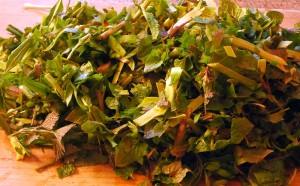A new collection of perennial vegetables from the garden on 25th April 2020, now back to cool, overcast weather. All are managed in some way.
Carum carvi (caraway / karve) greens
Urtica dioica (nettle / nesle)
Aegopodium podograria (ground elder / skvallerkål)
Allium fistulosum (Welsh onion /pipeløk)
Hablitzia tamnoides (Caucasian spinach / stjernemelde)
Campanula latifolia (giant bellflower / storklokke)
Myrrhis odorata (sweet cicely / spansk kjørvel)
Allium ursinum (ramsons / ramsløk)
Taraxacum spp. (dandelion / løvetann) 
Tag Archives: Urtica dioica
Today’s perennial catch
23rd April 2020 perennial greens used in a delicious quiche (eggepai):
Hablitzia tamnoides (Caucasian spinach / stjernemelde)
Myrrhis odorata (sweet cicely / spansk kjørvel)
Rumex acetosa (sorrel / engsyre)
Campanula latifolia (giant bellflower / storklokke)
Urtica dioica (stinging nettle / brennesle)
Allium senescens
Heracleum sphondylium (common hogweed / kystbjørnekjeks)
Aegopodium podograria (ground elder / skvallerkål)
Slender nettle
Urtica gracilis (often classified as a subspecies of stinging nettle, Urtica dioica subsp. gracilis) is a widespread nettle species in North America including Canada and Alaska. It has many local names including slender nettle, California nettle and American nettle. This year, my tallest nettle is currently over 2.9m high!
It was (and is) an important plant of the first peoples throughout the continent from Vermont to Alaska,used as a vegetable, medicinally and, most importantly as a fibre plant, including fishing nets!. One native use I noted was “Rubbed on the bodies of sealers to keep them awake at night” :) (Moerman’s Native American Ethnobotany has a long list of uses)
My slender nettle has almost no stinging hairs, and, in general, has much less than stinginess than the introduced Urtica dioica subsp. dioica (stinging nettle) and Laportea canadensis (Wood Nettle; see my book Around the World in 80 plants). It is unisexual ( I seem to have just one sex as it doesn’t produce seeds…)
Added 300917: The friend in Granville, Ohio who sent me the seed of this nettle writes: “I collected the Urtica gracilis along the back of my property, near an old railroad (now a bike trail). It’s a common plant in “waste places”. I’ve never seen the plants grow that large here. Could your additional sunlight be to blame?”
Geirlauk
I used it in a quick scrambled egg dish together with Amish onion (Allium x proliferum), sorrel flower shoots, ground elder (Aegopodium), nettle (Urtica dioica), Hydrophyllum virginianum (water leaf) with golpar spice.
These pictures can also be seen on my 700 plus album of Allium pictures on Facebook here: https://www.facebook.com/media/set/?set=a.10150966880345860

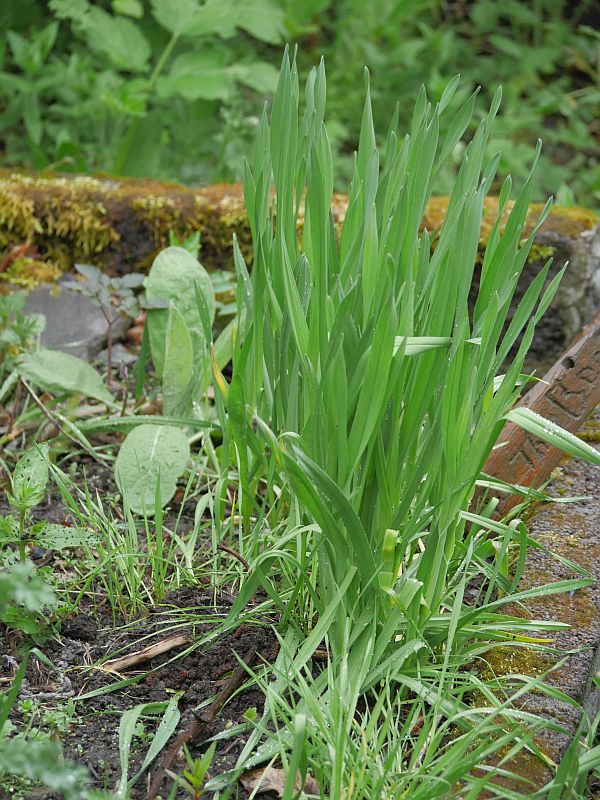
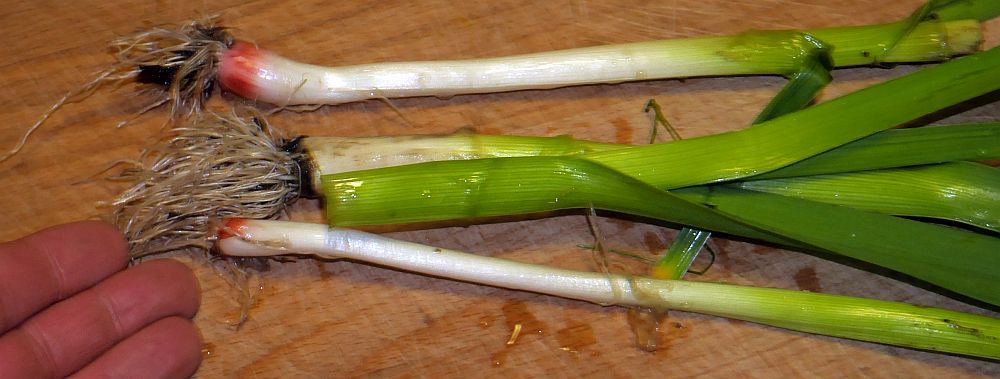
2nd May Abundance
Norwegian sansai
From top left, left to right: Angelica archangelica “Vossakvann”, various dandelions / løvetann (Taraxacum), Rumex patientia (patience dock/hagesyre), Garlic bulbil shoots (forced indoors), ground elder / skvallerkål, Rheum palmatum (petiole), Rumex acetosa (sorrel / engsyre), Myrrhis odorata (with root ; sweet cicely / spansk kjørvel), chervil / hagekjørvel, Campanula latifolia (giant bellflower / storklokke), horseradish / pepperrot ( shoot), Anredera cordifolia (Madeira vine; grown inside), Alliaria petiolata ( garlic mustard / løkurt), Hemerocallis (daylily/daglilje), Ranunculus ficaria (lesser celandine / vårkål), Urtica dioica (nettle / nesle), Allium senescens x nutans, Hablitzia tamnoides (Hablitzia, Caucasian spinach / stjernemelde)…made into a stir fry with soba (buckwheat pasta)


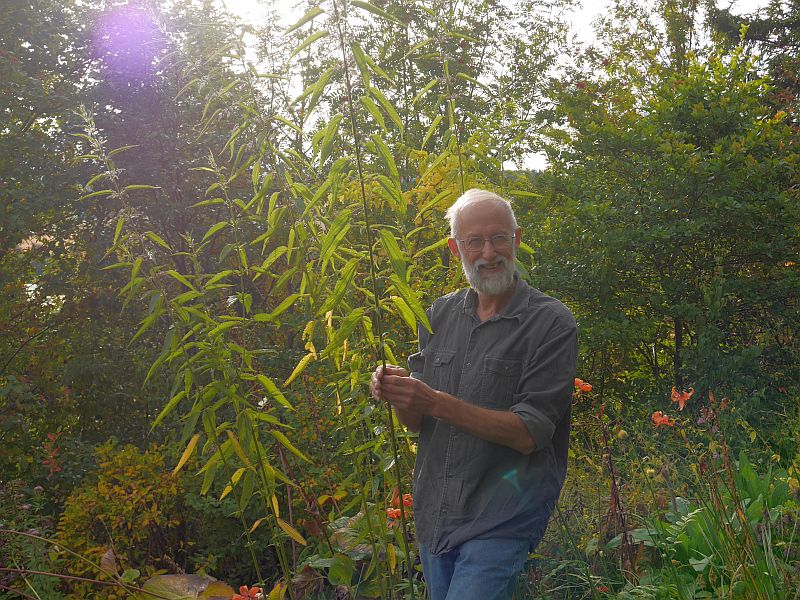


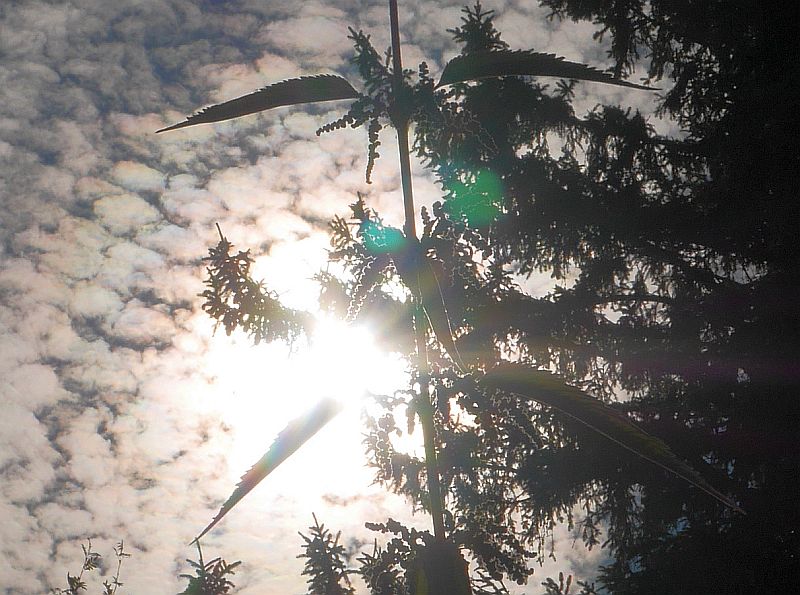
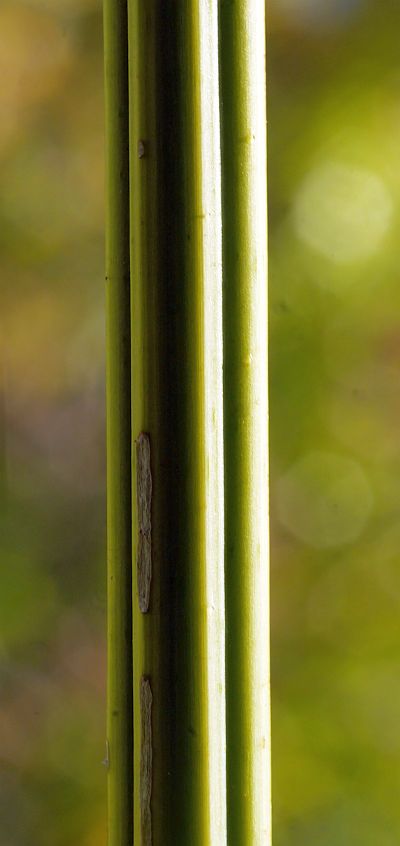
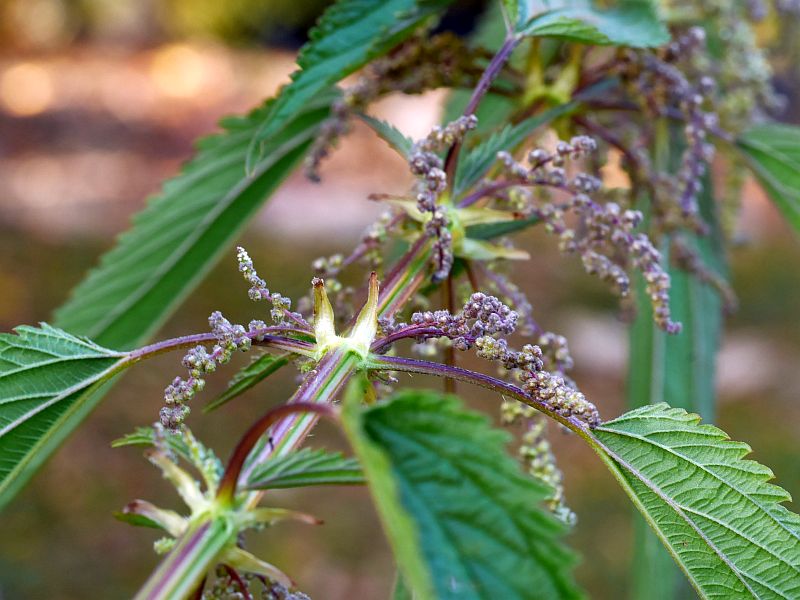

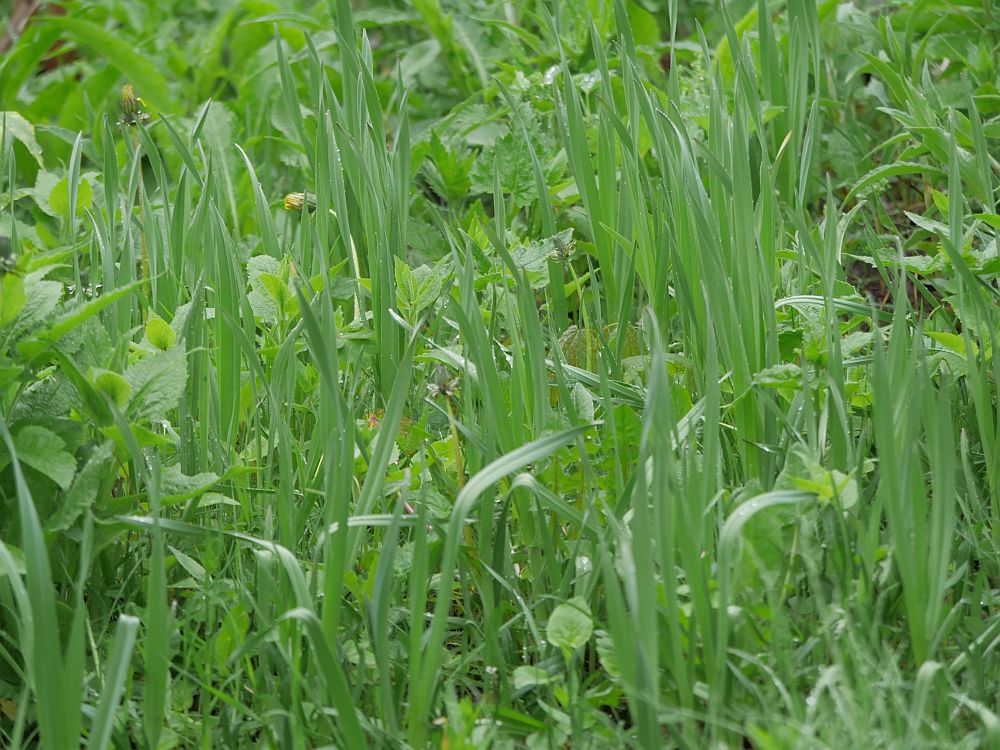
 Sorrel (Rumex acetosa) flowering stems
Sorrel (Rumex acetosa) flowering stems